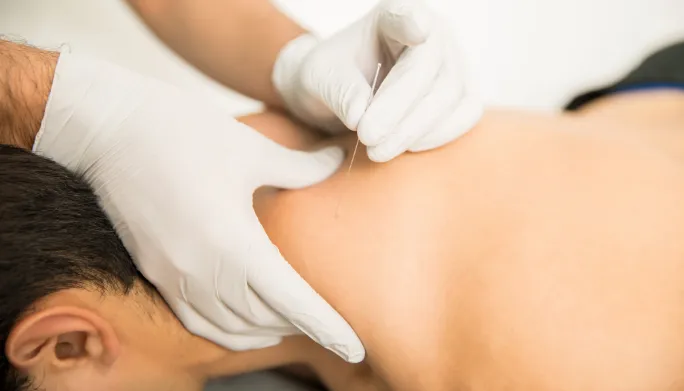Symptoms and Treatment Options for Kidney Stones

Kidney stones are a common yet complex medical condition affecting millions of individuals worldwide. These hard deposits form in the kidneys and can cause significant discomfort when passing through the urinary tract. Understanding the symptoms and treatment methods helps manage this condition and maintain overall urinary health. Explore symptoms, causes, diagnosis, treatments, and prevention strategies for kidney stones to gain accurate, actionable insights.
Recognizing Symptoms of Kidney Stones
Kidney stones can present with a variety of symptoms that may range in intensity and duration. Common manifestations include severe pain, particularly in the lower back or side, which often radiates to the groin or abdomen. This pain can occur in waves, with its intensity fluctuating. Other symptoms include nausea, vomiting, frequent urination, and a persistent urge to urinate. Blood in the urine, noted by a pink, red, or brown color, and cloudy or foul-smelling urine are also indicative signs.
The symptoms may vary depending on the size and location of the stone. Larger stones or those causing blockages often lead to more severe symptoms, while smaller stones may pass unnoticed. Despite variations, persistent or intense symptoms require prompt medical evaluation to determine the appropriate course of action.
Exploring Causes and Risk Factors
Kidney stones can form due to various factors, including dietary and lifestyle habits. Here are some of the key contributors:
- Dietary factors: High intake of sodium, protein, and oxalates can alter urinary composition and promote stone formation.
- Low fluid intake: Insufficient hydration leads to concentrated urine, increasing the risk of mineral crystallization.
- Medical conditions: Obesity, diabetes, hyperparathyroidism, and certain genetic predispositions are significant risk factors.
- Lifestyle habits: Sedentary behavior and poor dietary balance can further increase the likelihood of kidney stones, especially for those with a family history of the condition.
Diagnosing Methods
Accurate diagnosis involves a combination of medical history evaluation, physical examination, and advanced diagnostic techniques. Urine tests are used to detect abnormalities, such as the presence of crystals or infection. Imaging techniques, such as CT scans and ultrasounds, provide detailed visual confirmation and localization of stones within the urinary tract. Blood tests may also be used to evaluate kidney function and identify underlying metabolic conditions that contribute to stone formation. Timely and accurate diagnosis is beneficial for determining the most effective treatment plan.
Addressing Treatment Options
Treatment for kidney stones varies based on their size, type, location, and symptoms. Here’s an overview of standard treatment options:
- Small Stones:
- Often passes naturally with pain management, hydration, and medications to relax the ureter.
- Drinking more water is necessary for staying hydrated, diluting urine, and preventing the formation of new stones.
- Larger Stones or Complications:
- Shock Wave Lithotripsy (SWL): Breaks stones into smaller fragments using sound waves.
- Ureteroscopy: Uses a scope and laser to locate and remove stones.
- Surgical Removal: Used for more complex cases causing obstruction or infection.
Treatments are tailored to each individual to provide the best outcome and recovery.
Take Control of Your Health Today
Understanding kidney stones is the first step in managing and preventing this challenging condition. Recognizing their symptoms, exploring treatment options, and adopting preventative measures can significantly impact health and well-being. If you or someone you know is experiencing symptoms, schedule a consultation with a healthcare provider to discuss personalized treatment and prevention strategies. Early intervention is key to reducing discomfort and improving outcomes.
- What to Expect When Visiting a Foot and Ankle Specialist
- Causes of PTSD
- The Link Between Plantar Fasciitis and Weight Gain: What You Need to Know
- How Pet Ownership Can Positively Impact Life with Fibromyalgia
- The Importance of Stretching and Flexibility in Sports Medicine
Dr. Emma Green is a health and wellness expert with over 10 years of experience in nutrition and fitness. Passionate about helping others live their healthiest lives, Dr. Green shares practical advice on wellness, nutrition, and sustainable living through LivingSpristine.






